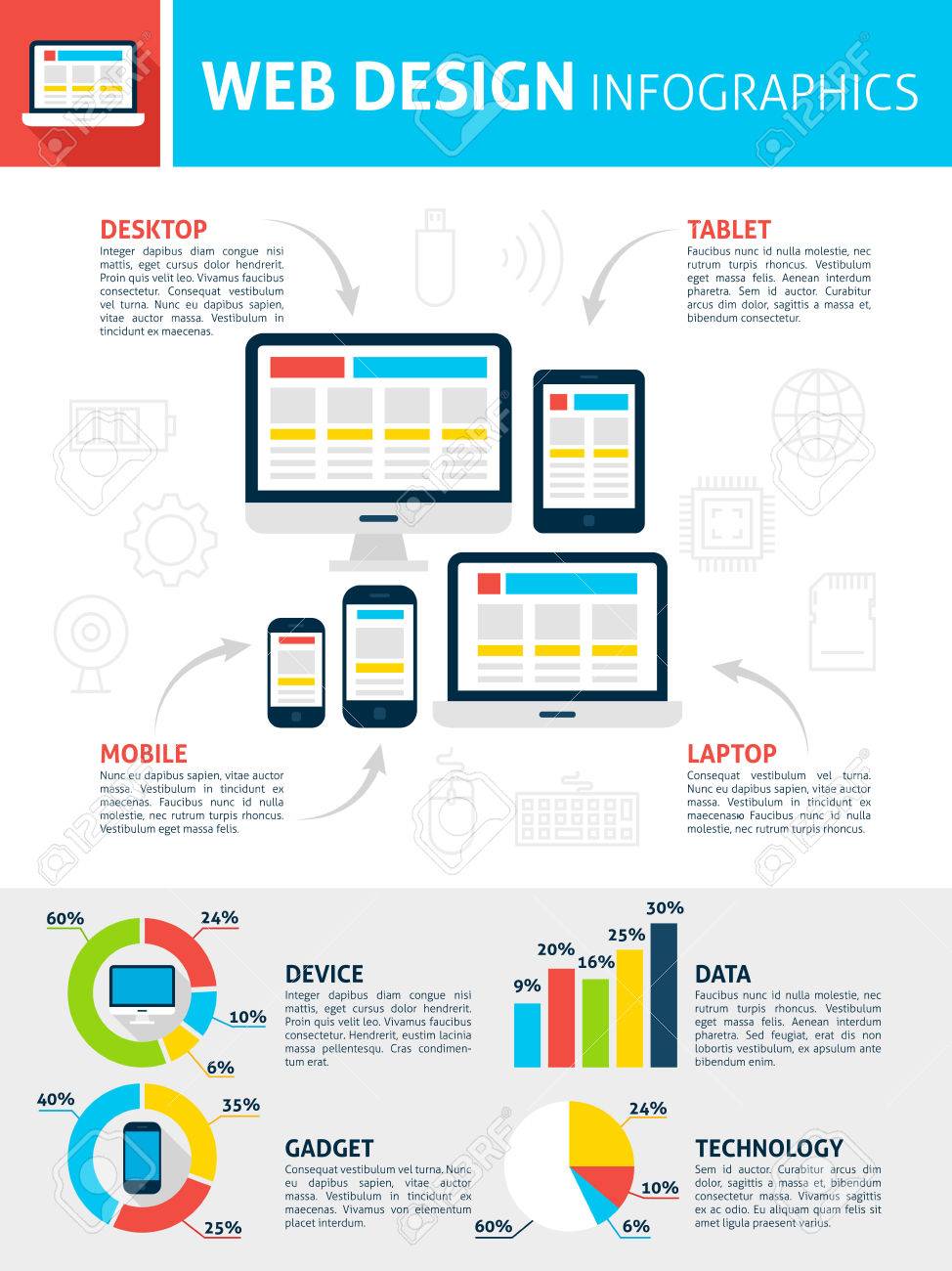Basic Elements Of Website Design: Guidelines For Creating A User-Centric Website
Basic Elements Of Website Design: Guidelines For Creating A User-Centric Website
Blog Article
Content Author-McKnight Ehlers
When it comes to website layout, making certain user-friendliness is vital. From responsive layout to streamlined navigating, every element plays a crucial function in developing a website that satisfies your target market's needs. However what about the finer details that can make or damage a customer's browsing experience? Keep tuned as we discover some often-overlooked tips that can elevate your website's functionality to the next degree, making it truly stand out in the electronic landscape.
Significance of Responsive Layout
Receptive layout is an important aspect of modern-day web site advancement. Guaranteeing your internet site is receptive methods that it can adjust to various display sizes and gadgets, offering a seamless experience for individuals.
With the raising use of smartphones and tablet computers to access the internet, having a responsive style is necessary for reaching a wider target market. It aids in enhancing individual experience by making your web site simple to browse and read on any kind of tool.
Additionally, responsive design can favorably impact your search engine rankings, as internet search engine like Google prioritize mobile-friendly sites. By having a responsive style, you're likewise future-proofing your web site, as new tools with varying screen dimensions remain to arise.
Simplify Navigation Structure
To enhance customer experience and facilitate easy access to information on your internet site, streamlining the navigating structure is paramount. When making your website, focus on developing a clear and user-friendly navigation menu that assists visitors discover what they're searching for quickly.
Restriction the number of menu things to the essentials, grouping associated web pages with each other to avoid overwhelming users. Use descriptive tags that plainly show the content of each web page, making it easier for customers to understand where each link will take them.
Think about applying dropdown menus for subcategories to prevent cluttering the major navigation bar. Additionally, consist of a search bar prominently on the page for individuals that prefer looking for particular information.
Prioritize mobile responsiveness in your navigation design to ensure easy access on all tools.
Optimize Page Lots Speed
Improving page lots speed is important for keeping visitors on your web site. Slow-loading Laser frustrate individuals and can lead to high bounce prices. To enhance web page tons rate, start by optimizing images. Compress photos without jeopardizing high quality to lower their documents sizes.
In addition, enable internet browser caching to store frequently accessed sources locally, speeding up load times for returning visitors. Minify CSS, JavaScript, and HTML files by removing unneeded personalities, remarks, and formatting, enhancing lots rate.
Think about making use of a web content distribution network (CDN) to disperse your web site's material throughout several web servers worldwide, lowering latency for individuals accessing your website from various locations. Finally, restrict the use of third-party scripts and plugins, as they can dramatically affect load times.
Read Homepage
To conclude, by including responsive layout, streamlining navigating, and enhancing web page tons speed, you can produce an easy to use site that interest a wider audience and enhances individual experience. These essential elements guarantee that site visitors can quickly access and navigate your site throughout different tools, resulting in boosted interaction and fulfillment. By concentrating on these key elements, you can build a successful website that keeps individuals returning for even more.
